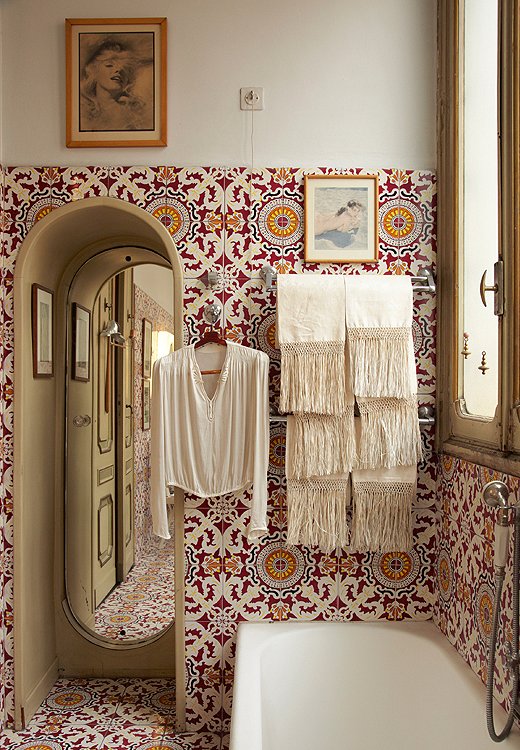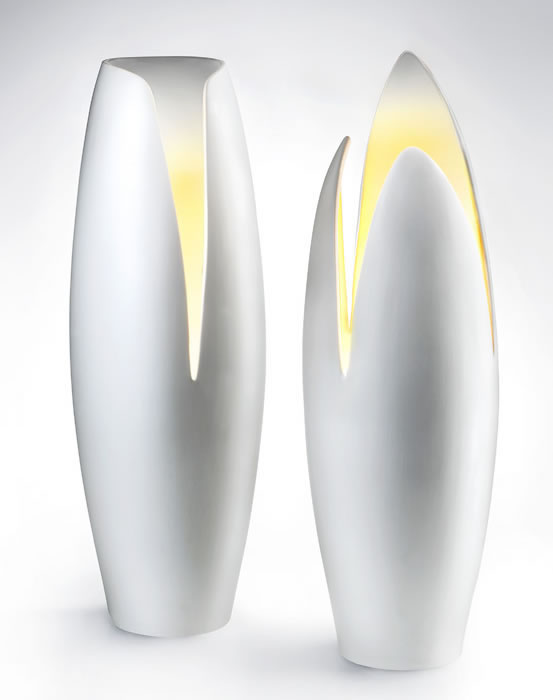 |
If you hang around for Part 2 and I will show you how to put the theory into practice. You might even learn how to break some rules, in the right way of course.
And finally, in Part 3 we will learn how to layer with color accents, accents like: pillows, furniture and accessories, etc...This will help give your rooms a more dimensional one, two, three punch.
Part One
What is Color Theory?
Color theory is a theory that is based on the psychological impact of any given color on the participant viewer of said color in a given environment. It is theory that attempts to explain the emotional impact on the viewer whether the color is found in the natural environment, graphic design, consumer good, the work place, home, or media, etc...(See the above graphic for more information on the Psychology of Color).
Color theory is a complex theory because of the many nuances and influences that impact how we apply color to our environments. This is especially true due to the emotional impact, often a subtle one, on which the theory is based.
Color Basics
Before we discuss the Psychology of Color and its impact on the viewer let's go back to the beginning: the Color Wheel
Do you remember learning about Primary, Secondary an Tertiary colors? I am including a link to the Color Matter website, which discusses "Basic Color Theory". In it they go into more depth for those who would like a refresher on the more detailed aspects of the Color Wheel. For our Purpose I will include a graphic to show what the common color wheel looks like.

Primary colors are: Yellow, Red, Blue
Secondary colors are: Orange, Purple, Green
Tertiary colors are: Orange-yellow, Red-orange, Violet-red, Blue-violet, Blue-green, Yellow-green
Your Primary colors essentially make all the other colors. They are the foundation to the rest of the color wheel. However, once you move beyond the tertiary colors you will begin to get colors that vary intensity when added with their complementing colors, or if you mix colors that are on the opposite side of the color wheel you will produce a more muddy color.
Black and white are not on the color wheel because they are non-colors, rather they are light and no light. Some say white is all colors reflected in the light spectrum and black is the complete void of color with the absence of light.
Psychology of Color - Overview
The Psychology of color for the purpose of design isn't often the focus of everyday paint choices for the average consumer. If you are reading this it's because you want to go beyond being just the average consumer.
First, it is important to mention that just because there is a color theory, doesn't mean the rules apply at all times and in all cases. I want you to remember that it is based on one's own emotional response to the color. In other words, it's is ultimately based on how the color/colors make you feel. You are the determining factor in deciding what colors work for your home and office, and everyone responds to colors in different ways.
Here is a chart that shows how the color theory would typically work:
As you read over the list, do any of them surprise you? Do you agree, or disagree with this list?
Here's how I want you to play with the ideas of Color Theory: look at the list above and the first graphic and study them. Write down your answers to the two questions previously listed. Next, ask yourself if there is any thing you would add to the list about the way you respond to color either emotionally, physically, or as a behavior. Now, pick one color that you often choose in the clothes you wear, products you buy, or paint you use. Get to know the theory of the color and make your own list about that color and how you would use it in your home.
Next time, in part 2 of this series, I will cover how to apply this theory in your own home, or office. Now that we have a good foundation about Color Theory we can begin to personalize the theory in creating living environments that will make us truly feel at home.
Thank you for reading Color Theory: Part 1. See you next time.
S. McNutt






